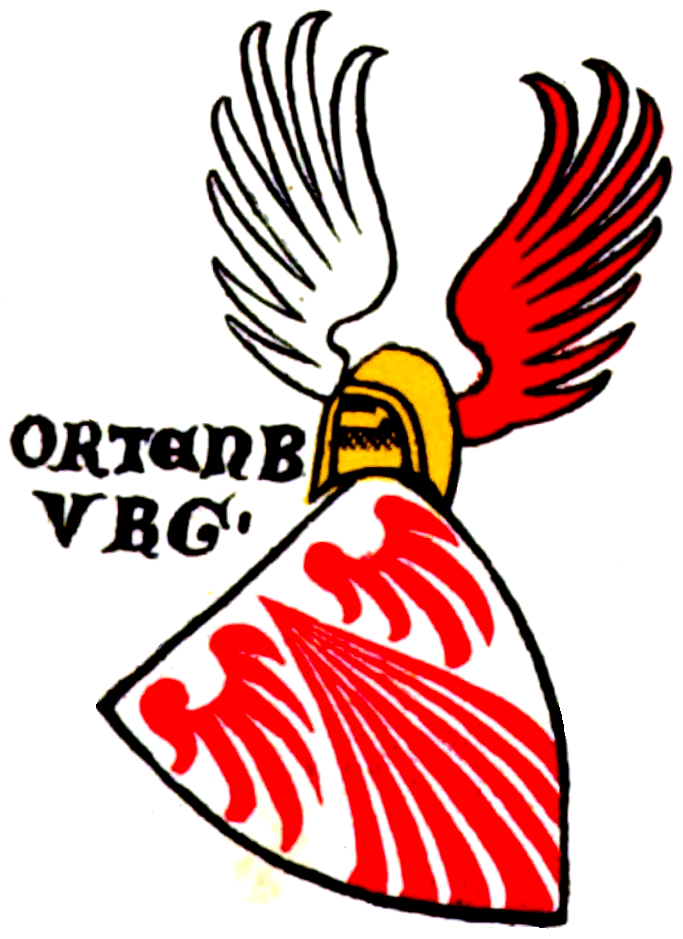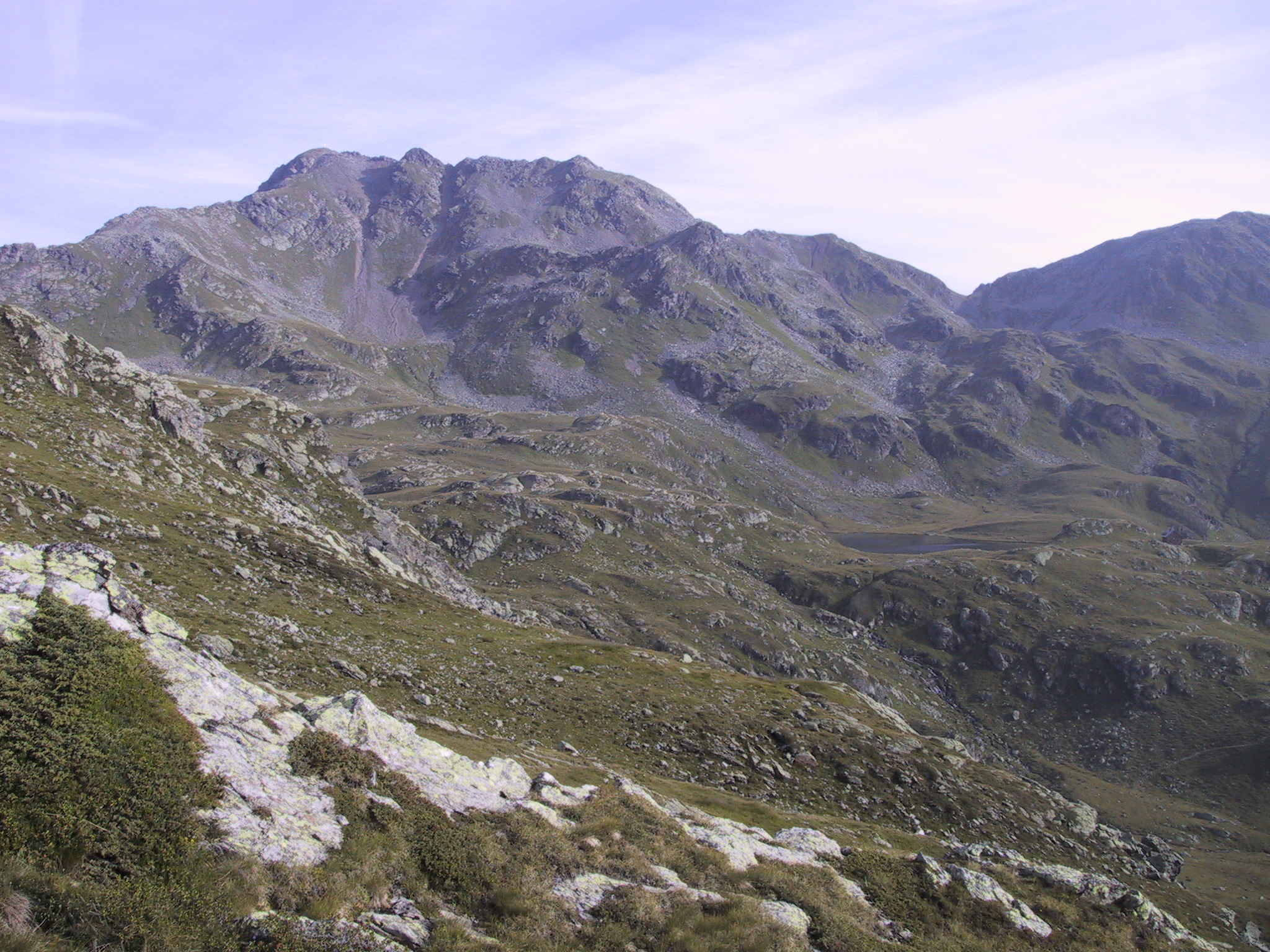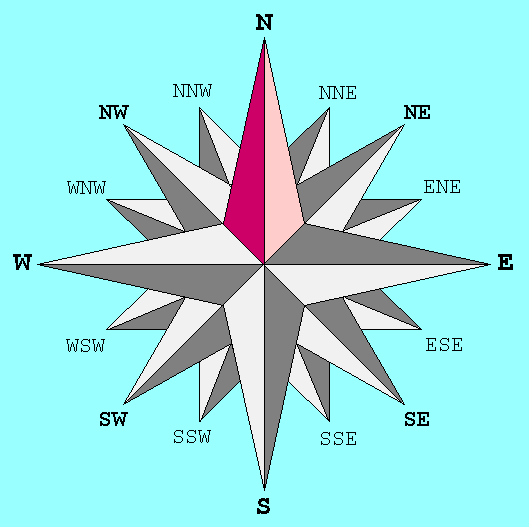|
Lurnfeld
Lurnfeld is a market town in the district of Spittal an der Drau in the Austrian state of Carinthia. The municipality consists of the two Katastralgemeinden: Möllbrücke and Pusarnitz, comprising several small villages. It is located within the eponymous valley of the Drava river, on the southern slope of the Ankogel Group of the Hohe Tauern range, west of the district's capital Spittal an der Drau. At Möllbrücke is the confluence of the Drava with the Möll tributary. In the west the valley is confined by the mountains of the Kreuzeck group and in the south by the Gailtal Alps. History The Lurnfeld valley around the Roman city of Teurnia is a very old settlement area, in ancient times called ''vallis Lurna''. In an 891 deed mentioned as ''Liburnia'', it became the centre of the Upper Carinthian counts in the mediæval Lurn'' gau'', who resided at Hohenburg Castle. Their dominions then stretched from west of Villach up the Drava to Lienz and the Tyrolean border. Pusarnitz a ... [...More Info...] [...Related Items...] OR: [Wikipedia] [Google] [Baidu] |
Burgruine Hohenburg Auf Rosenberg
Burgruine Hohenburg auf Rosenberg is a ruined medieval castle near Spittal an der Drau in Carinthia, Austria. It is located high above the Drava Valley on the southern slope of the Ankogel Group, part of the Hohe Tauern mountain range. History Probably erected in the late 11th century, the castle was first mentioned as ''castrum Hohenburc'' in an 1142 deed. It was then the seat of a Bavarian noble family, who as Counts of Lurn administered the Lurngau (see: Lurnfeld) region within the Duchy of Carinthia. The last count, Altmann, had become Prince-Bishop of Trent in 1124, and upon his death in 1149, the castle was bequested to the Archbishopric of Salzburg and became the seat of episcopal ''ministeriales''. Under the mediation of Duke Ulrich III of Carinthia, in 1263 a division of the property was arranged between the Salzburg archbishops and the neighbouring Counts of Ortenburg, heirs of the extinct Counts of Lurn, who had aspired the Hohenburg estates for decades. In 1311 Ar ... [...More Info...] [...Related Items...] OR: [Wikipedia] [Google] [Baidu] |
County Of Ortenburg
The Counts of Ortenburg (german: Grafen von Ortenburg) were a comital family in the mediaeval Duchy of Carinthia. Though they had roots in Bavarian nobility, an affiliation with the Imperial Counts of Ortenburg, a branch line of the Rhenish Franconian House of Sponheim, is not established.Hausmann, Friedrich (1994). "Die Grafen zu Ortenburg und ihre Vorfahren im Mannesstamm, die Spanheimer in Kärnten, Sachsen und Bayern, sowie deren Nebenlinien" in ''Ostbairische Grenzmarken - Passauer Jahrbuch für Geschichte Kunst und Volkskunde''. Nr. 36, Passau 1994. History Little is known about the reasons the Ortenburgs settled in the Carinthian Lurngau. No charters are available on the creation of the Ortenburg Castle on the northern slope of Mt. Goldeck above the village of Baldramsdorf, nor about the manner in which the Ortenburgs obtained their property. In 1072, one Adalbert of Ortenburg, probably a younger son of Count Hartwig II of Grögling-Hirschberg (d. 1068/69), served a ... [...More Info...] [...Related Items...] OR: [Wikipedia] [Google] [Baidu] |
Spittal An Der Drau
Spittal an der Drau is a town in the western part of the Austrian federal state of Carinthia. It is the administrative centre of Spittal an der Drau District, Austria's second largest district (''Bezirk'') by area. Geography The town is located on the southern slopes of the Gurktal Alps (Nock Mountains), between the Lurnfeld Basin and the Lower Drau Valley. Despite its name, the historic core of Spittal originated on the banks of the small Lieser tributary, which flows into the Drau at the foot of Mt. Goldeck, a peak of the Gailtal Alps south of the town. Its summit can be reached by cable car. The municipal area consists of seven Katastralgemeinden: Amlach, Edling, Großegg, Molzbichl, Olsach, Spittal proper, and St. Peter-Edling. In Großegg (incorporated in 1973), the area of Spittal extends to the southern shore of Lake Millstatt. History The settlement was first mentioned in an 1191 deed issued by Archbishop Adalbert of Salzburg, when the local Carinthian counts Hermann I ... [...More Info...] [...Related Items...] OR: [Wikipedia] [Google] [Baidu] |
Kreuzeck Group
The Kreuzeck Group is a mountain range of the Central Eastern Alps. It may be considered either a separate range or part of the larger Hohe Tauern, High Tauern chain. Administratively, the range belongs to the Austrian States of Austria, states of Carinthia (state), Carinthia and, in the westernmost part, Tyrol (state), Tyrol (i.e. East Tyrol). Geography The Kreuzeck Group is geographically separated from the main chain of the High Tauern in the north by the Möll (river), Möll, a left tributary of the Drava, up to the confluence within the Lurnfeld basin in the east. In the south, the Drava forms the border with the Gailtal Alps, part of the Southern Limestone Alps. The Iselsberg Pass near Lienz, connecting the Drava and Möll valleys, marks the western end. The range is mainly composed of gneiss and garnet-mica-schists. The mountainous area (approximately 450 km²) is sparsely populated and used mainly for forestry and hunting. However, its tourism industry has improved i ... [...More Info...] [...Related Items...] OR: [Wikipedia] [Google] [Baidu] |
Carinthia (state)
Carinthia (german: Kärnten ; sl, Koroška ) is the southernmost Austrian state, in the Eastern Alps, and is noted for its mountains and lakes. The main language is German. Its regional dialects belong to the Southern Bavarian group. Carinthian Slovene dialects, forms of a South Slavic language that predominated in the southeastern part of the region up to the first half of the 20th century, are now spoken by a small minority in the area. Carinthia's main industries are tourism, electronics, engineering, forestry, and agriculture. Name The etymology of the name "Carinthia", similar to Carnia or Carniola, has not been conclusively established. The ''Ravenna Cosmography'' (about AD 700) referred to a Slavic "Carantani" tribe as the eastern neighbours of the Bavarians. In his ''History of the Lombards'', the 8th-century chronicler Paul the Deacon mentions "Slavs in Carnuntum, which is erroneously called Carantanum" (''Carnuntum, quod corrupte vocitant Carantanum'' ... [...More Info...] [...Related Items...] OR: [Wikipedia] [Google] [Baidu] |
Teurnia
Teurnia (later Tiburnia) was a Roman city (''municipium''). Today its ruins lie in western Carinthia. In late antiquity it was also a bishop's see, and towards the end of Roman times it was mentioned as the capital of the province of Noricum mediterraneum. History Ancient Teurnia was situated on a wooded hill at the village of ''St. Peter-in-Holz '' in the municipality of Lendorf in the Lurnfeld valley, four kilometres to the west of Spittal an der Drau in Upper (i.e. western) Carinthia, Austria. As early as 1100 BC, people had lived there on Holzerberg hill, which may well have also been the centre of the Celtic Taurisci nation before c. 50 AD the Roman town was built with a forum, a market basilica, a temple on the city's Capitol, Thermae or public baths, terraced housing on two terraces, and a temple dedicated to Grannus, the Celtic counterpart deity of Aesculap, god of medicine and healing, but in Teurnia invoked as ''Grannus Apollo''. Usually older hill-top settlements ... [...More Info...] [...Related Items...] OR: [Wikipedia] [Google] [Baidu] |
Spittal An Der Drau (district)
Bezirk Spittal an der Drau is an administrative district (''Bezirk'') in the state of Carinthia, Austria. Geography With an area of the district is 2,763.99 km², it is Austria's second largest district by area (after Liezen), even larger than the Austrian state of Vorarlberg, and by far the largest district in Carinthia. The administrative centre is Spittal an der Drau, other major settlements are Gmünd, Greifenburg, Millstatt, Obervellach, Radenthein, Seeboden, Steinfeld, and Winklern. Together with the neighbouring districts of Hermagor and Feldkirchen, Spittal forms the Upper Carinthia (''Oberkärnten'') region according to the Nomenclature of Territorial Units for Statistics (NUTS). It borders on East Tyrol (Lienz District) in the west and the Austrian state of Salzburg in the north. The mountainous area comprises the southern ranges of the High Tauern and the Möll valley, the western Gurktal Alps (Nock Mountains), as well as the broad Drava Valley and the nort ... [...More Info...] [...Related Items...] OR: [Wikipedia] [Google] [Baidu] |
Carinthia
Carinthia (german: Kärnten ; sl, Koroška ) is the southernmost States of Austria, Austrian state, in the Eastern Alps, and is noted for its mountains and lakes. The main language is German language, German. Its regional dialects belong to the Southern Bavarian group. Carinthian dialect group, Carinthian Slovene dialects, forms of a South Slavic languages, Slavic language that predominated in the southeastern part of the region up to the first half of the 20th century, are now spoken by a Carinthian Slovenes, small minority in the area. Carinthia's main Industry (economics), industries are tourism, electronics, engineering, forestry, and agriculture. Name The etymology of the name "Carinthia", similar to Carnia or Carniola, has not been conclusively established. The ''Ravenna Cosmography'' (about AD 700) referred to a Slavic settlement of the Eastern Alps, Slavic "Carantani" tribe as the eastern neighbours of the Bavarians. In his ''History of the Lombards'', the 8th-c ... [...More Info...] [...Related Items...] OR: [Wikipedia] [Google] [Baidu] |
Villach
Villach (; sl, Beljak; it, Villaco; fur, Vilac) is the seventh-largest city in Austria and the second-largest in the federal state of Carinthia. It is an important traffic junction for southern Austria and the whole Alpe-Adria region. , the population is 61,887. Together with other Alpine towns Villach engages in the Alpine Town of the Year Association for the implementation of the Alpine Convention to achieve sustainable development in the Alpine Arc. In 1997, Villach was the first town to be awarded Alpine Town of the Year. Geography Villach is a statutory city, on the Drau River near its confluence with the Gail tributary, at the western rim of the Klagenfurt basin. The municipal area stretches from the slopes of the Gailtal Alps (Mt. Dobratsch) down to Lake Ossiach in the northeast. The Villach city limits comprise the following districts and villages: }) * Dobrova (''Dobrova'') * Drautschen (''Dravče'') * Drobollach am Faaker See (''Drobolje ob Baškem jezeru'') ... [...More Info...] [...Related Items...] OR: [Wikipedia] [Google] [Baidu] |
Lienz
Lienz (; Southern Bavarian: ''Lianz'') is a Town privileges, medieval town in the Austrian state of Tyrol (state), Tyrol. It is the administrative centre of the Lienz (district), Lienz district, which covers all of East Tyrol. The municipality also includes the Katastralgemeinden, cadastral subdivision of ''Patriasdorf''. Geography Lienz is located at the confluence of the rivers Isel River, Isel and Drava in the Eastern Alps, between the Hohe Tauern mountain range in the north (including the Schober group, Schober and Kreuzeck groups), and the Southern Limestone Alps, Gailtal Alps in the south. It is connected with Winklern in Carinthia (state), Carinthia by the Iselsberg Pass. The neighbouring municipality of Leisach marks the easternmost point of the Puster Valley. By the consistent growth of the city, some smaller villages around – though officially municipalities in their own right – are now widely considered to be suburbs of Lienz. Those suburbs comprise: History The ... [...More Info...] [...Related Items...] OR: [Wikipedia] [Google] [Baidu] |
Gau (country Subdivision)
''Gau'' (German , nl, gouw , fy, gea or ''goa'' ) is a Germanic term for a region within a country, often a former or current province. It was used in the Middle Ages, when it can be seen as roughly corresponding to an English shire. The administrative use of the term was revived as a subdivision during the period of Nazi Germany in 1933–1945. It still appears today in regional names, such as the Rheingau or Allgäu. Middle Ages Etymology The Germanic word is reflected in Gothic ''gawi'' (neuter; genitive ''gaujis'') and early Old High German ''gewi, gowi'' (neuter) and in some compound names ''-gawi'' as in Gothic (e.g. ''Durgawi'' " Canton of Thurgau", ''Alpagawi'' "Allgäu"), later ''gâi, gôi'', and after loss of the stem suffix ''gaw, gao'', and with motion to the feminine as ''gawa'' besides ''gowo'' (from ''gowio''). Old Saxon shows further truncation to ''gâ, gô''. As an equivalent of Latin ''pagus'', a ''gau'' is analogous with a ''pays'' of the Kingdom of ... [...More Info...] [...Related Items...] OR: [Wikipedia] [Google] [Baidu] |
Duchy Of Carinthia
The Duchy of Carinthia (german: Herzogtum Kärnten; sl, Vojvodina Koroška) was a duchy located in southern Austria and parts of northern Slovenia. It was separated from the Duchy of Bavaria in 976, and was the first newly created Imperial State after the original German stem duchies. Carinthia remained a State of the Holy Roman Empire until its dissolution in 1806, though from 1335 it was ruled within the Austrian dominions of the Habsburg dynasty. A constituent part of the Habsburg monarchy and of the Austrian Empire, it remained a Cisleithanian crown land of Austria-Hungary until 1918. By the Carinthian Plebiscite in October 1920, the main area of the duchy formed the Austrian state of Carinthia. History In the seventh century the area was part of the Slavic principality of Carantania, which fell under the suzerainty of Duke Odilo of Bavaria in about 743. The Bavarian stem duchy was incorporated into the Carolingian Empire when Charlemagne deposed Odilo's son Duke Ta ... [...More Info...] [...Related Items...] OR: [Wikipedia] [Google] [Baidu] |





